PCB Assembly (Printed Circuit Board) assembly is the process of soldering and integrating electronic components onto a PCB to create a functional electronic circuit. The completed PCB serves as the foundation for countless devices, from smartphones to industrial machinery.
- Printed Circuit Board: The base material with conductive pathways.
- Electronic Components: Resistors, capacitors, ICs, and connectors.
- Soldering Material: Used to affix components to the board.
PCBs are the backbone of electronic devices, facilitating connections and ensuring compact designs.
Types of PCB Assemblies
PCB assemblies are categorized based on the methods used to place and secure electronic components onto the circuit board. Below are the main types of PCB assemblies commonly used. Surface Mount Technology is one of the most widely used PCB assembly methods. In this approach, components are mounted directly onto the surface of the PCB without requiring holes.
- Compact and lightweight designs.
- High-speed automation for mass production.
- Cost-effective for large volumes.
- Applications: Commonly found in consumer electronics like smartphones, laptops, and wearable devices.
The PCB Assembly Process
The first step in assembly involves creating a blueprint. A schematic maps out the circuit’s functionality, guiding component placement. Choosing durable and conductive materials ensures efficiency and longevity. Special printers outline the circuitry on the PCB material.
Unwanted copper is etched away, and layers are laminated together. Machines place components with precision and speed, essential for mass production.
For small-scale or custom boards, skilled technicians handle placements. Testing ensures the board performs as intended under simulated conditions. Manual checks identify any physical defects or misalignments.
Challenges in PCB Assembly
PCB assembly is a critical and intricate process that combines engineering precision and advanced technology. Despite advancements, several challenges can arise during the assembly process. Addressing these challenges is crucial to ensure the functionality and reliability of the final product. Here’s an overview of the most common challenges in PCB assembly:
- Issue: Misaligned components can lead to circuit malfunction or complete failure. High-density PCBs with small components require precise placement.
- Solution: Automated pick-and-place machines can achieve high levels of accuracy, reducing errors.
- Issue: Soldering issues, such as cold solder joints, solder bridges, and insufficient solder, can disrupt connectivity.
- Solution: Using advanced soldering techniques like reflow and wave soldering, along with thorough inspection, minimizes defects.
Future of PCB Assembly
The future of PCB assembly is bright, driven by advancements in technology, automation, and sustainable practices. As the demand for more efficient, compact, and environmentally friendly electronics grows, the PCB assembly industry is rapidly evolving to meet these challenges.
Here’s a look at key trends shaping the future. Automation is transforming the PCB assembly process, making it faster, more precise, and cost-effective.
- Robotics Integration: Robotic arms and automated pick-and-place machines are becoming more advanced, enabling high-speed assembly with minimal errors.
- AI and Machine Learning: Artificial intelligence is being used to predict potential errors, optimize production workflows, and improve testing accuracy.
- Smart Factories: The concept of Industry 4.0 is taking hold, where interconnected systems and IoT-enabled devices monitor and control the assembly process in real-time.
Conclusion
PCB assembly is the cornerstone of modern electronics, bridging the gap between design concepts and functional devices. This intricate process involves multiple steps, from selecting the right components to ensuring precise placement and reliable soldering.
Despite its challenges, advancements in automation, testing methods, and material technology have made PCB assembly more efficient and reliable than ever.
As industries demand smaller, faster, and more durable devices, the importance of high-quality PCB assembly continues to grow. Whether it’s in consumer electronics, automotive systems, or cutting-edge medical devices, PCBs are the unsung heroes driving innovation forward.
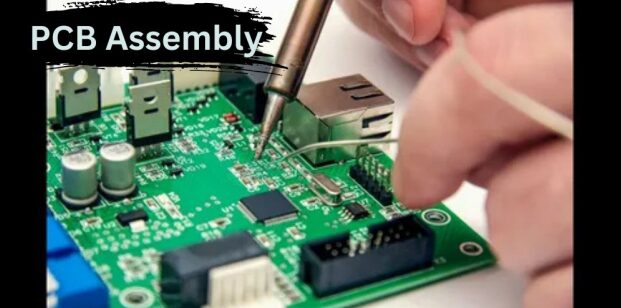



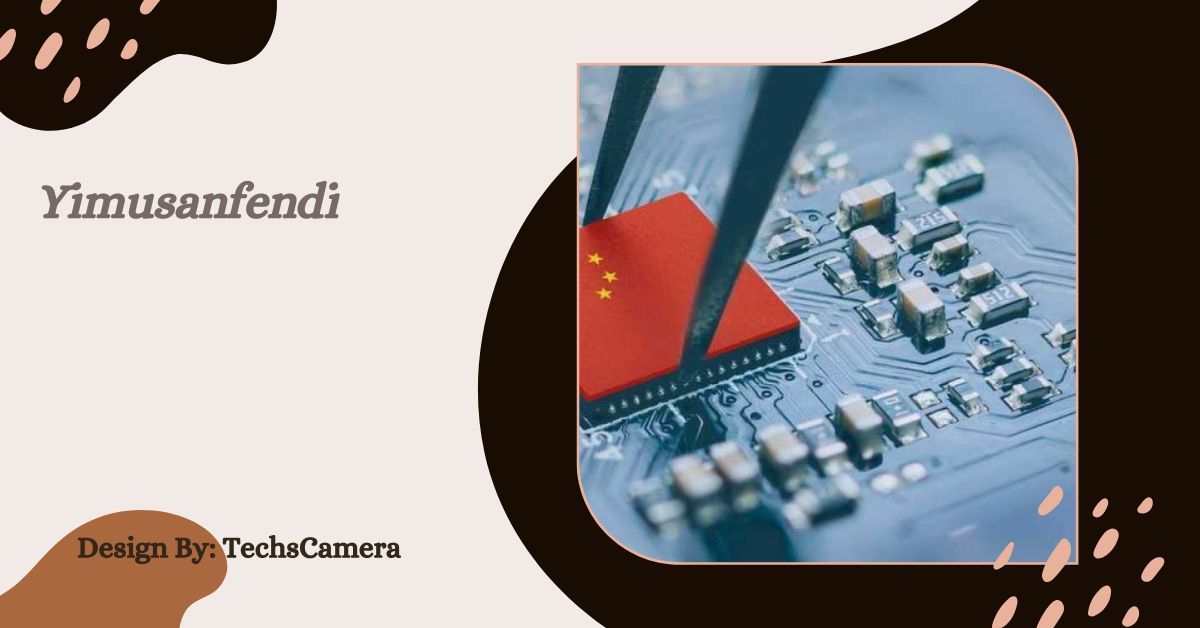
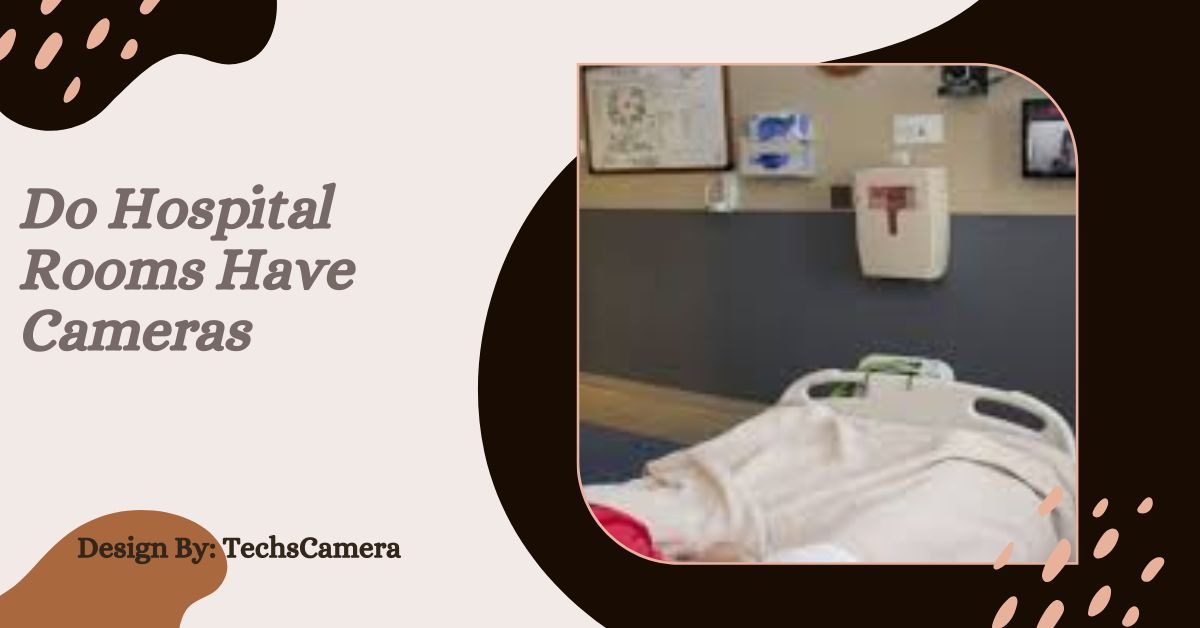

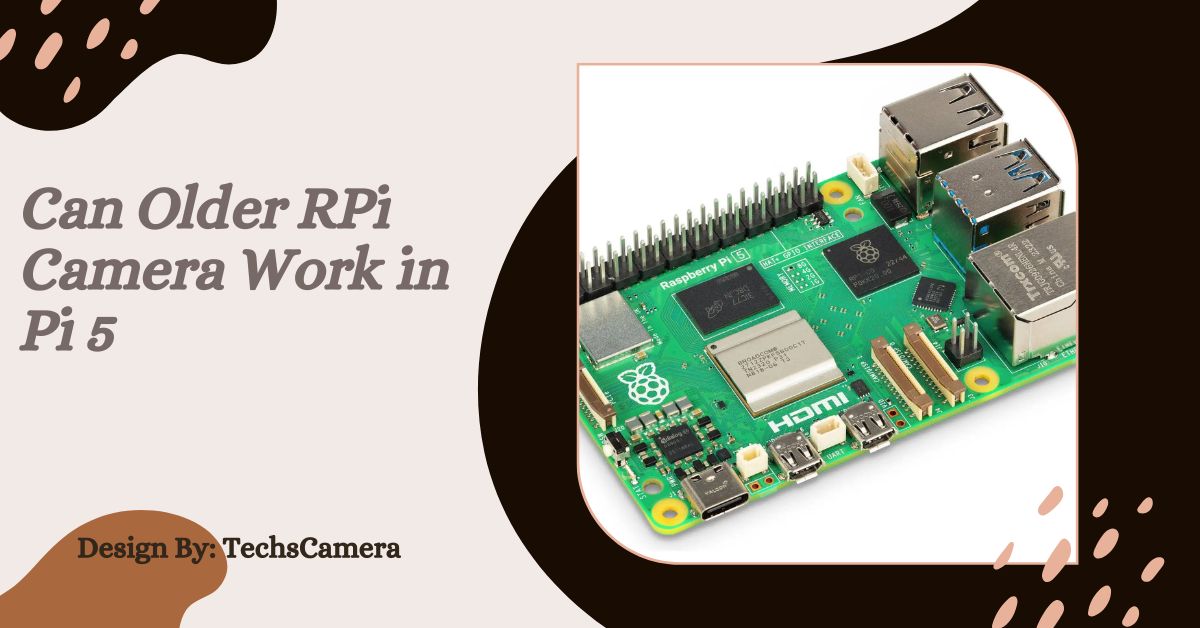


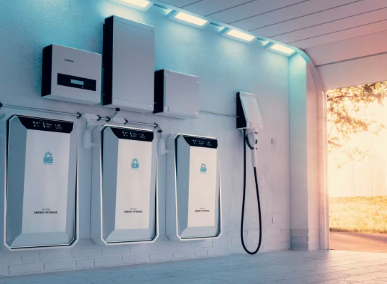
Leave a Reply